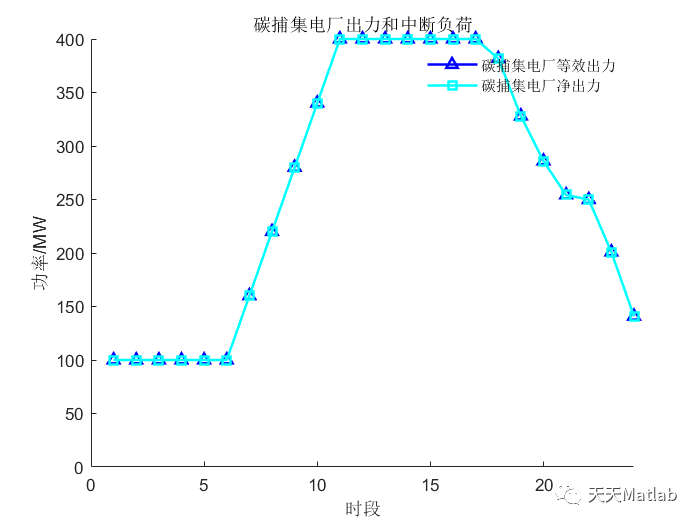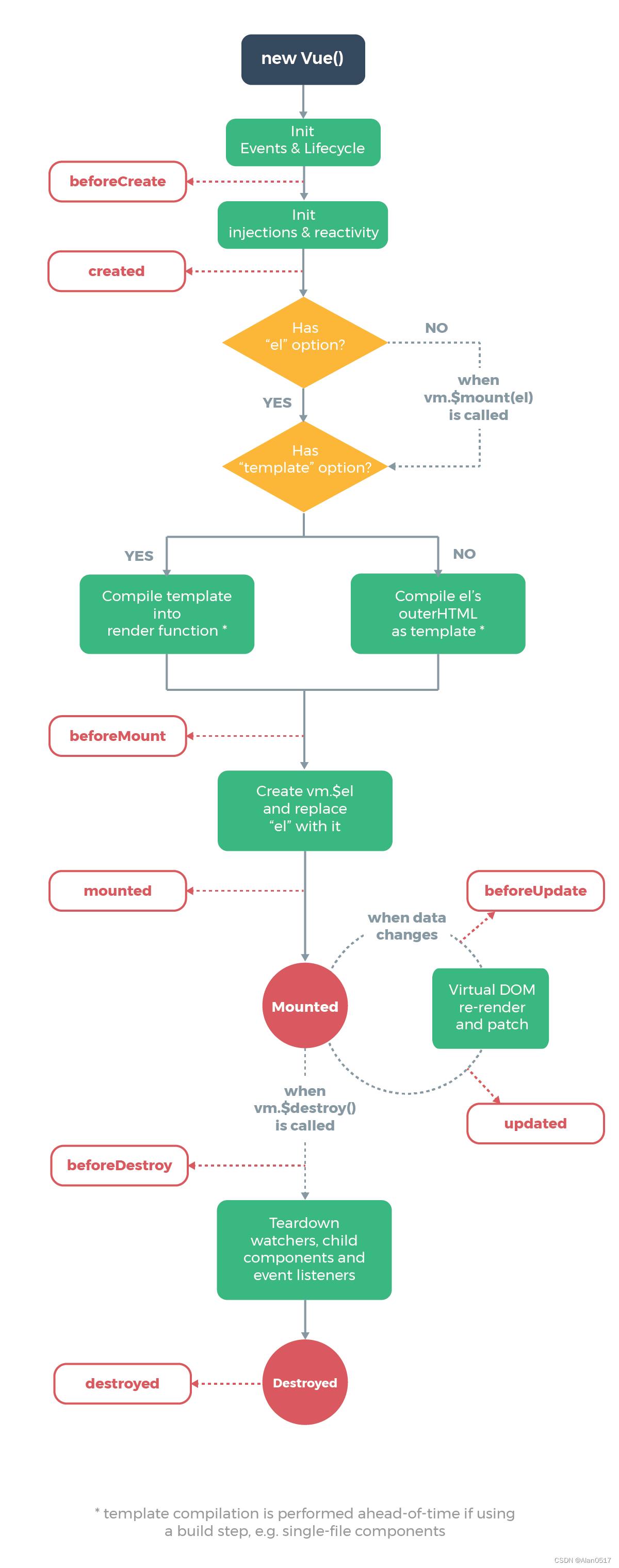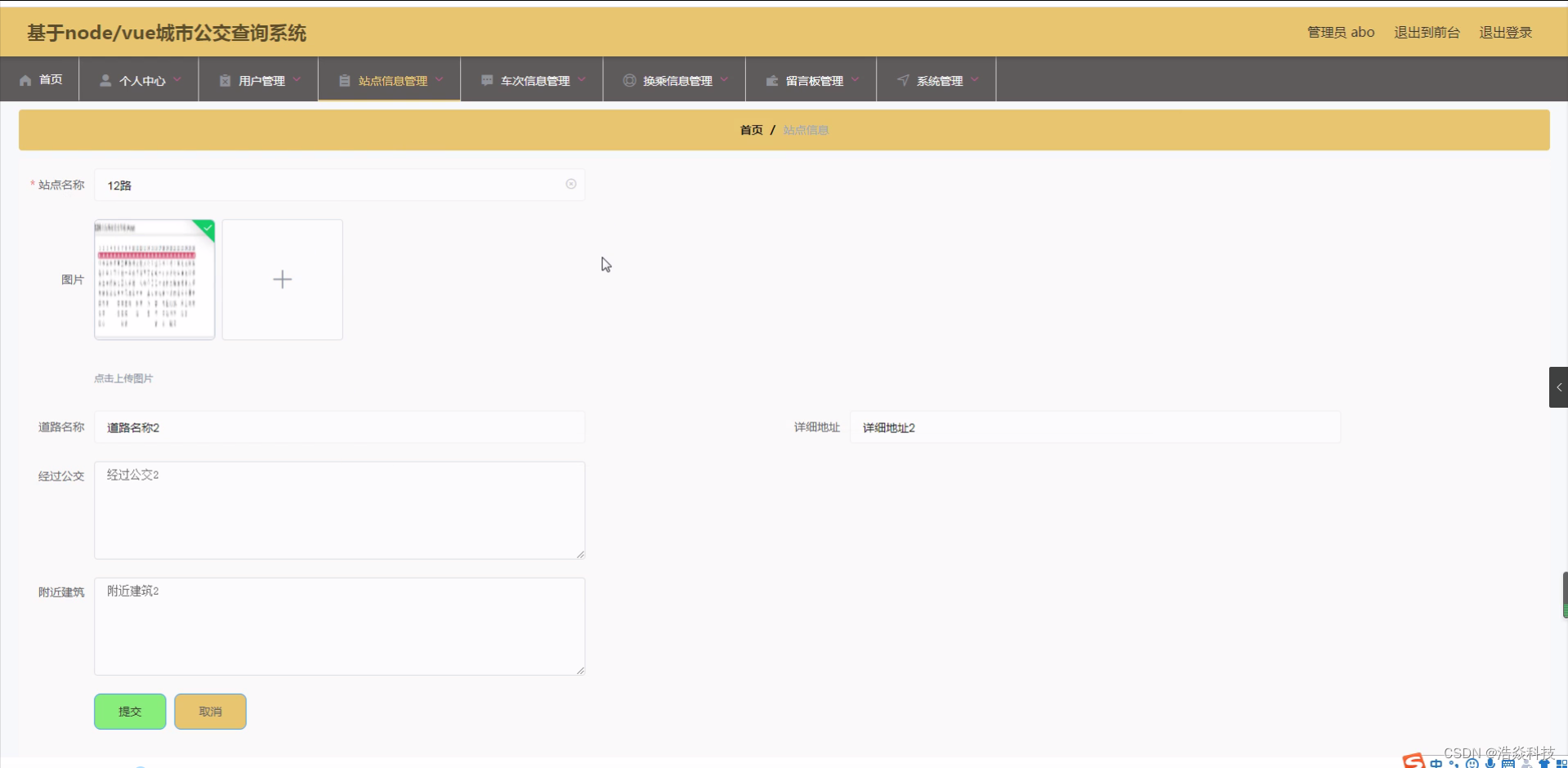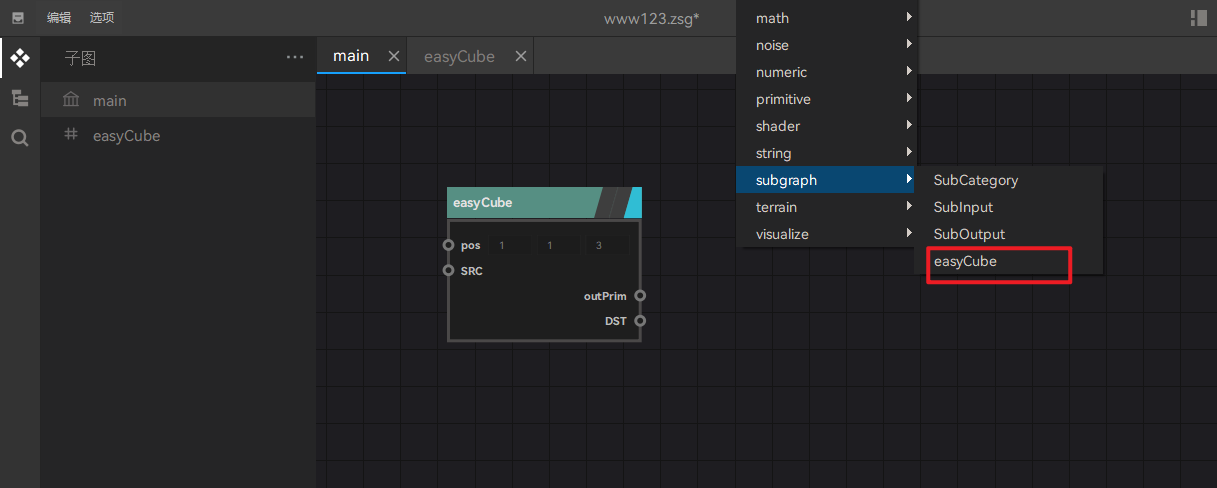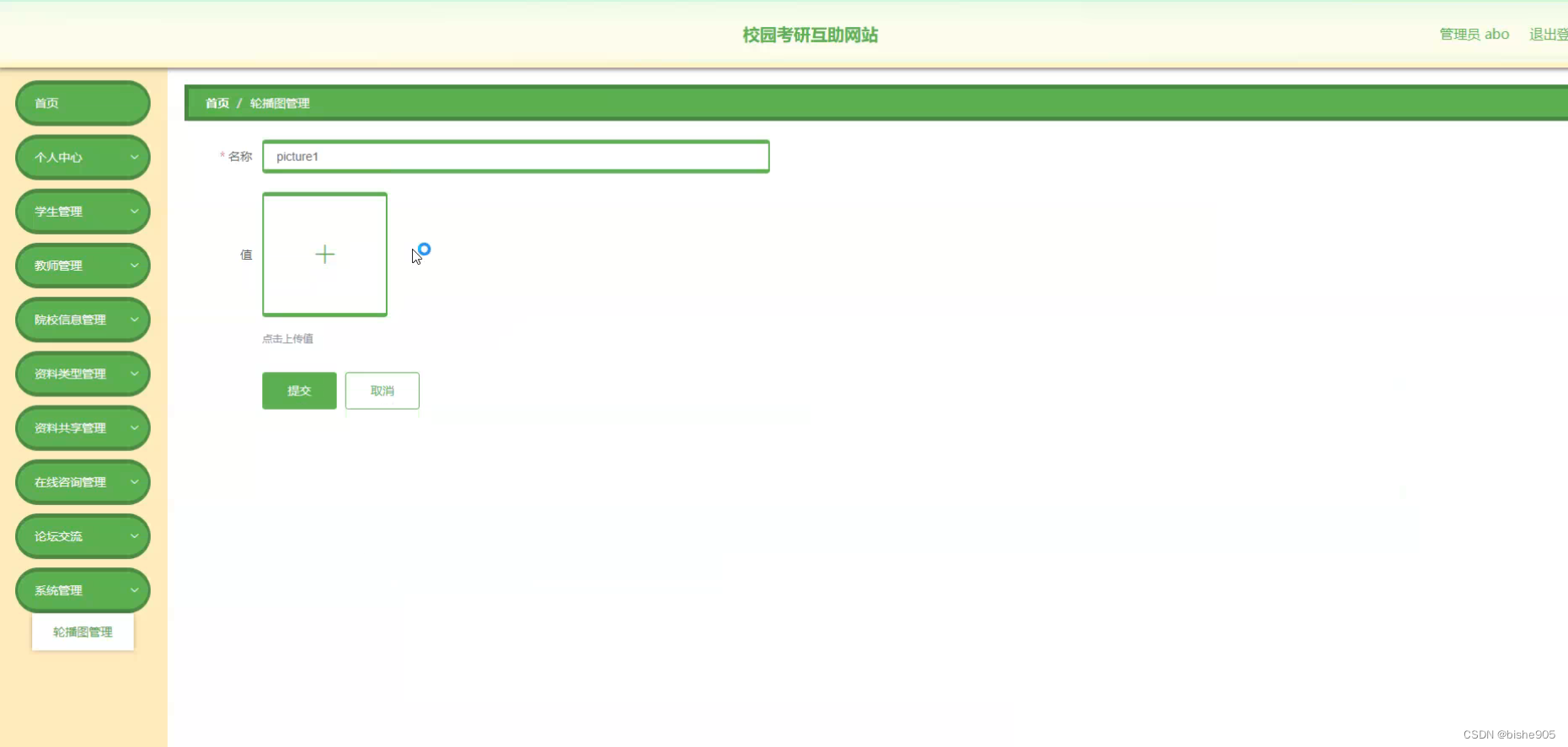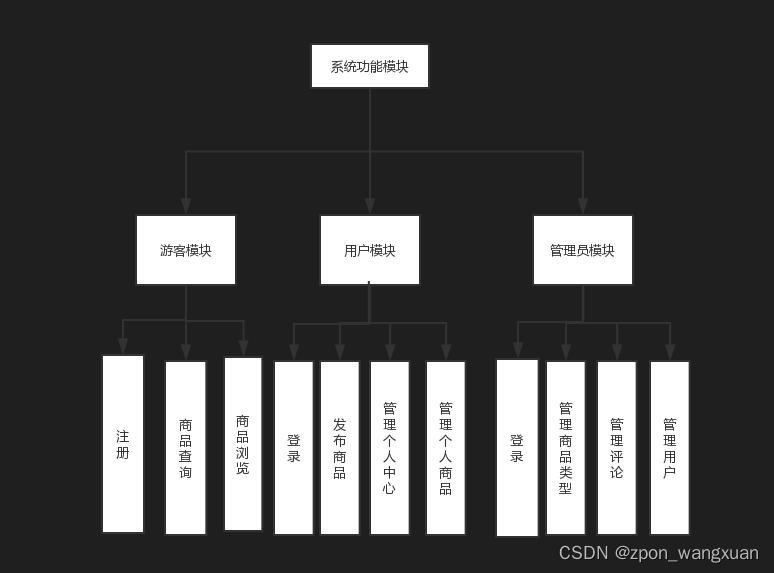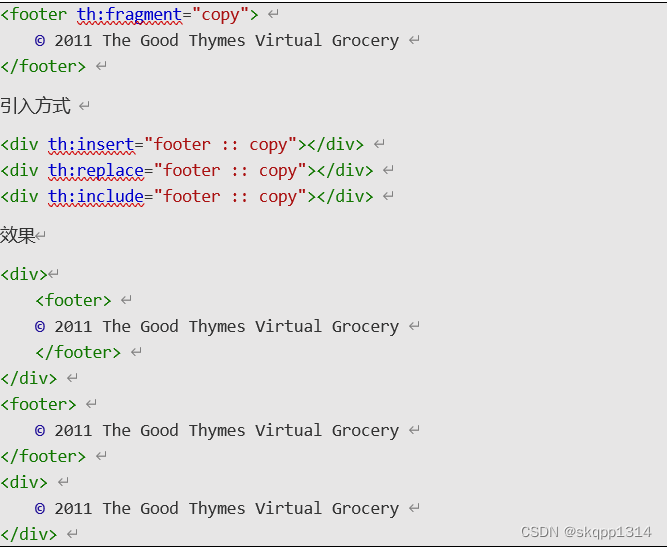目录
一 绪论 1
1.1 编写目的 1
1.2 背景及意义 1
1.3 开发及运行环境 2
二 需求分析 3
2.1 系统概述 3
2.3 系统功能需求 4
2.3.1 收集原始数据 4
2.3.2 计算物品相似度矩阵 4
2.3.3 计算用户购买向量 5
2.3.4 计算推荐向量并去重和排序 5
2.3.4 数据入库 5
2.3.5 作业控制 5
2.3.6商品推荐功能 6
2.4 系统非功能需求 6
三 概要设计 7
3.1系统架构设计 7
3.2系统层次架构设计 8
3.3系统功能模块设计 9
3.3.1 计算物品相似度矩阵 10
3.3.2推荐矩阵(相似度矩阵*向量) 11
3.3.3对推荐向量进行处理 12
3.3.4数据入库 12
3.4系统数据库设计 12
四 详细设计 14
4.1推荐模块程序流程图 14
4.2系统架构图 15
4.3数据预处理层 15
4.4推荐结果生成层 16
4.5推荐系统流程图 17
五 系统实现 17
5.1计算用户购买商品的列表 17
5.2计算商品的共现关系 18
5.3计算用户的购买向量 18
5.4推荐结果 19
5.5数据去重 19
5.6推荐结果入库 20
5.7构建作业流对象 22
六 系统测试 23
6.1计算用户购买商品的列表 23
6.2计算商品的共现次数(共现矩阵) 23
6.3计算用户的购买向量 23
6.4推荐结果 24
6.5数据去重 25
6.6推荐结果入库 25
6.7 web系统推荐商品实现 26
小结 26
参考文献 27
二 需求分析
2.1 系统概述
商品推荐系统是对用户的历史行为进行挖掘,对用户兴趣信息进行建模,并对用户未来行为进行预测,从而建立用户和内容的关系,满足用户对商品的推荐需求的一种智能系统。通过对主要的推荐算法进行比较分析,模拟实现了基于用户行为的智能推荐系统,提高了推荐算法的有效性。商品推荐系统是为了更精准的为用户推荐他们想要的内容,如果一个用户在浏览商品信息的时候,通过对用户数据的记录,和已经存在的其他的用户记录进行分析,从而为用户推荐相应的数据。本次毕业设计是基于Hadoop的商品推荐系统,本此课设通过对用户行为的研究,发现用户购买的偏好波动幅度偏大,如何充分利用这一特征是提高推荐系统精准度的关键。
用户行为数据的处理。商品推荐系统用户、商品行为主要是用户的购买行为。
购买行为包含了丰富的用户购买商品,如何处理这些购买商品是推荐系统实现的关键。
系统必须具有高扩展性。网上购物每时每刻都会有新的数据产生,都会执行新的购物行为,系统的扩展性变得尤为关键。
推荐系统的推荐质量。推荐系统的最终目的是推荐,所以推荐质量是整个系统设计的最终目的。好的推荐系统需要兼顾系统的精准度、覆盖率以及新颖度。

2.3 系统功能需求
基于Hadoop的商品推荐引擎大致可以分为5部分,分别是:计算用户的购买向量、计算物品的相似度矩阵、计算推荐度及相关处理、数据导入数据库和对于整个项目的全部作业控制。
2.3.1 收集原始数据
推荐系统是基于用户、商品行为数据来进行推荐的,没有用户商品数据的推荐系统是无法进行推荐的。rawdata文件:该文件是收集用户对物品的偏好,形成“用户 物品 偏好”的数据集。数据格式:用户编号 物品编号 偏好值。
package com.cxx.project.grms.step1;
import org.apache.hadoop.conf.Configuration;
import org.apache.hadoop.conf.Configured;
import org.apache.hadoop.fs.Path;
import org.apache.hadoop.io.LongWritable;
import org.apache.hadoop.io.Text;
import org.apache.hadoop.mapreduce.Job;
import org.apache.hadoop.mapreduce.Mapper;
import org.apache.hadoop.mapreduce.Reducer;
import org.apache.hadoop.mapreduce.lib.input.TextInputFormat;
import org.apache.hadoop.mapreduce.lib.output.TextOutputFormat;
import org.apache.hadoop.util.Tool;
import org.apache.hadoop.util.ToolRunner;
import java.io.IOException;
/**
* @Author: cxx
* 用户购买列表
* @Date: 2018/4/9 11:46
* 原始数据****************
* 10001 20001 1
* 10001 20002 1
* 计算结果****************
* 10001 20001,20005,20006,20007,20002
* 10002 20006,20003,20004
*/
public class UserByList extends Configured implements Tool{
//mapper
public static class UserByListMapper
extends Mapper<LongWritable,Text,Text,Text>{
@Override
protected void map(LongWritable key,Text value,Context context) throws IOException, InterruptedException {
String[] strs = value.toString().split("\t");
context.write(new Text(strs[0].trim()),new Text(strs[1].trim()));
}
}
//reduce
public static class UserByListReduce extends Reducer<Text,Text,Text,Text> {
@Override
protected void reduce(Text key,Iterable<Text> values,Context context) throws IOException, InterruptedException {
StringBuilder sb = new StringBuilder();
for (Text value:values){
sb.append(value.toString()).append(",");
}
String result = sb.substring(0,sb.length()-1);
context.write(key,new Text(result));
}
}
@Override
public int run(String[] strings) throws Exception {
Configuration conf = getConf();
Path input=new Path("/grms/rawdata/matrix.txt");
Path output=new Path("/grms/rawdata/222");
Job job = Job.getInstance(conf,this.getClass().getSimpleName());
job.setJarByClass(this.getClass());
job.setMapperClass(UserByListMapper.class);
job.setMapOutputKeyClass(Text.class);
job.setMapOutputValueClass(Text.class);
job.setInputFormatClass(TextInputFormat.class);
TextInputFormat.addInputPath(job,input);
job.setReducerClass(UserByListReduce.class);
job.setOutputKeyClass(Text.class);
job.setOutputValueClass(Text.class);
job.setOutputFormatClass(TextOutputFormat.class);
TextOutputFormat.setOutputPath(job,output);
return job.waitForCompletion(true)?0:1;
}
public static void main(String[] args) throws Exception {
System.exit(ToolRunner.run(new UserByList(),args));
}
}




















